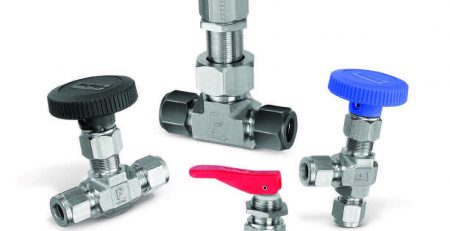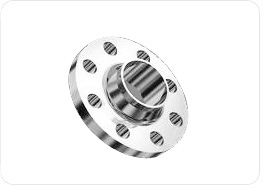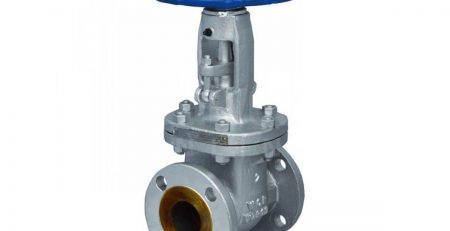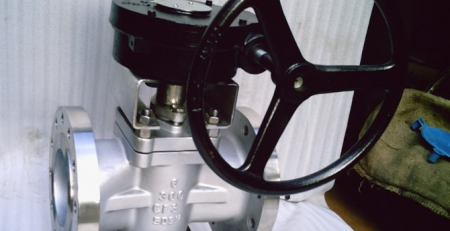Strainer
When debris, such as scale, rust and other foreign matter mixes with the water, oil, gas, air, steam or other media and is allowed to flow through a pipeline, it can become the cause of damage to the line’s valve seats, resulting in shortened valve life, not to mention equipment malfunction and damage.
Strainers separate and remove the solids suspended in fluids, protecting equipment from their harmful effects. Each strainer incorporates a screen to filter suspended solids and is designed so that collected solids can be disposed of and the filter cleaned without having to be removed from the line.
Strainers can be classified into two main types according to their shape: Y-type and U-type. KITZ offers both a Y-type strainer that provides relatively low resistance to fluids and a compact shape, requiring less installation space, and the U-type that can be added plumbed into plant equipment.
ارتباط با ما
Y-type Strainer Screens - Types and Selection
Screens are used in strainers to trap and remove debris and other foreign matter in flowing liquids or gases. There are three types of screens used in Y-type strainers: perforated screens, which are formed by punching a large number of holes in a flat sheet of stainless steel; mesh screens, which consist of fine stainless steel wires formed into a mesh arrangement in a plain woven pattern (Stainless Steel Woven Wire Mesh) or in Dutch weave (Dutch Weave Wire Mesh); and duplex screens, comprised of a mesh screen combined with a perforated sheet as a backup.
Select the type of screen that best suits your equipment, considering the type of fluid, pressure, flow rate requirements and other conditions.
Punched sheet in staggered formation

Punched sheet in staggered formation

Stainless Steel Woven Wire Mesh
Mesh screens are usually categorized in terms of mesh, which represents the number of openings per linear inch (or 25.4 mm) of the screen. The larger the number of meshes, the finer the screen. Note, however, that the area of the openings varies depending on the wire diameter even with the same number of meshes. Shown on the left is a typical example of a 5-mesh screen (5 openings per linear inch of screen).
|
Type |
Standard specifications |
Options* |
|
Y-type strainers Construction Material: Bronze, cast iron or ductile iron |
Punched stainless steel sheet in 60° |
20-/30-/40-/60-/80-/100-mesh
|
|
Y-type strainers Construction Material: |
40-mesh |
20-/30-/60-/80-/100-mesh
|
|
Y-type strainers, U-type strainers Construction material: Bronze, lead-free bronze, cast iron or ductile iron (Products conform to the Standard Specifications for Public Construction
|
40-mesh |
80-mesh
|
|
U-type strainer |
Punched stainless steel sheet in 60° |
|













